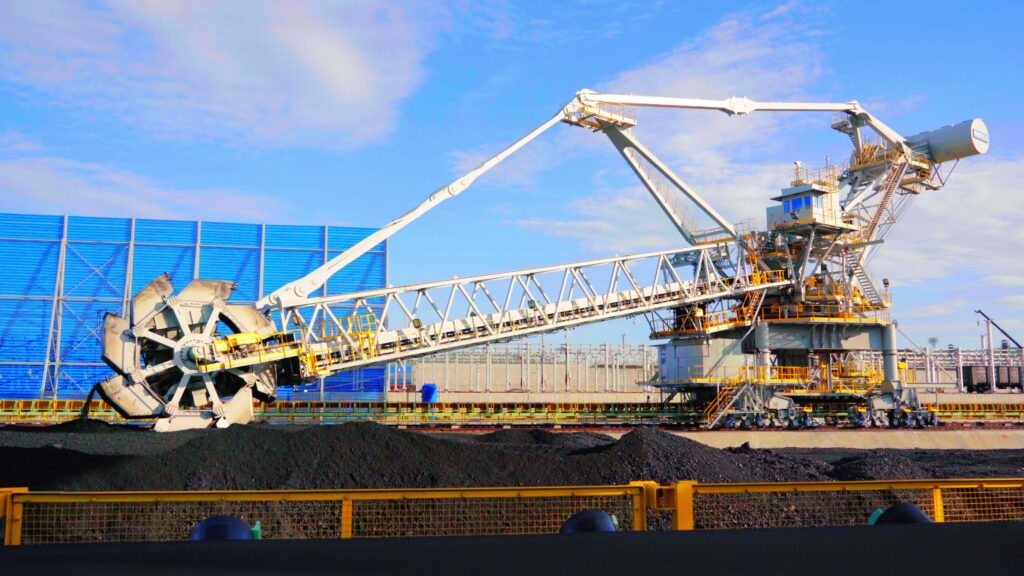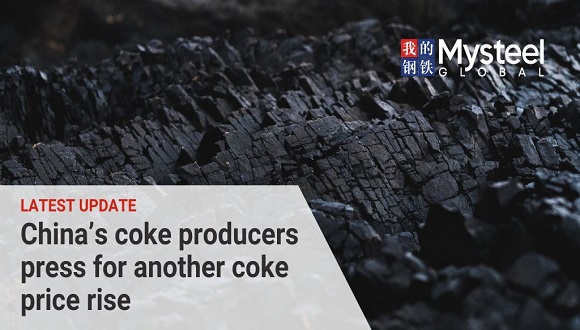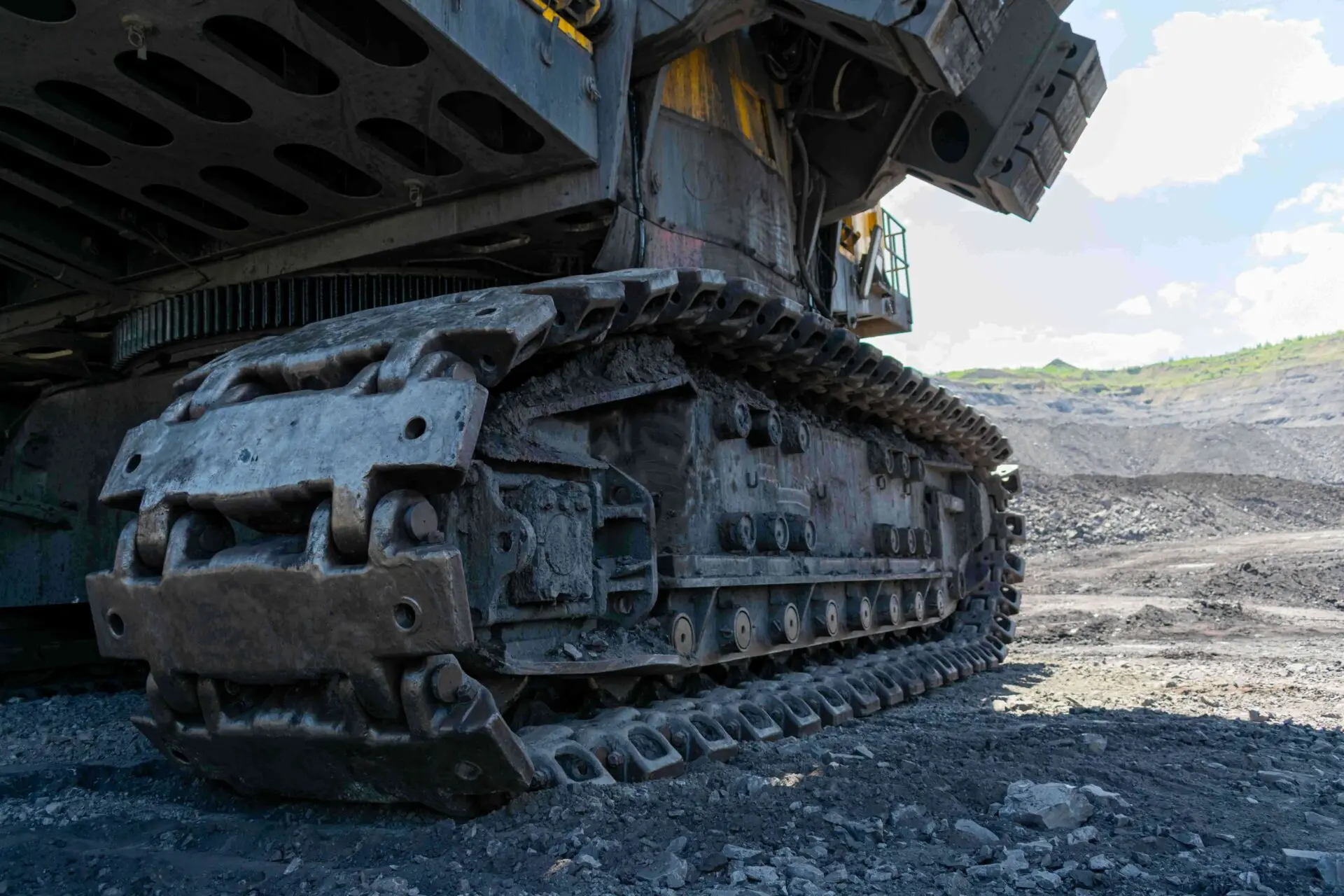

Last week thermal coal indices on the European market fell below 100 USD/t. Quotes dipped to 6-month lows, remaining under pressure from warming temperatures, reduced coal generation, increased inventories, as well as low gas prices and high levels of renewable generation.
Gas prices were mixed with increased volatility on the back of a forecast of rising temperatures through March as well as escalating tensions in the Red Sea, that negatively impacted LNG supplies. Prices at the TTF hub fell from 311 to 303 USD/1,000 m3, but on January 24 rebounded to 324 USD/1,000 m3 (+13 USD/1,000 m3 w-o-w).
Coal stocks at ARA terminals rose to 6.7 mio t (+0.1 mio t w-o-w).
South African High-CV 6,000 slipped below 90 USD/t. Despite rail infrastructure issues, prices for South African material remain in a downward trend due to limited demand in Europe and the Asia-Pacific region.
Rail traffic to Richards Bay Coal Terminal (RBCT), where two trains collided on January 14, resumed regular operations on January 18-20. Stockpiles at RBCT during this period decreased to 3.1 mio t (-0.5 mio t). Thungela and Exxaro said their exports will not be affected by the incident.
South Africa’s Durban Dry Bulk Terminal, which exports 3 mio t of coal per year, declared a force majeure because of adverse weather conditions that prevented transshipment. Operator Bulk Connections notified customers that it would not be able to fulfill its contractual obligations.
In China, spot prices for 5,500 NAR coal at the port of Qinhuangdao remained flat at 129 USD/t, supported by temperatures dropping to below normal levels, leading to higher coal consumption at power plants and less material in stockpiles. However, the quotes growth is limited as industrial demand is slowing down.
Coal consumption at the 6 largest coastal thermal power plants was up 2% to 867 kt/day (+14 kt/day w-o-w). Total stocks in 9 major ports lowered to 22.9 mio t (-0.1 mio t w-o-w).
Indonesian 5,900 GAR stood at 93 USD/t (flat w-o-w) amid limited supply, caused by unfavorable weather conditions in South Kalimantan and Sumatra, limiting the capacity of transport infrastructure. Moreover, there was an increase in Chinese demand. Major suppliers sold out their spare volumes before February, and therefore market participants expect further quotations growth.
In 2023, coal production in Indonesia reached a record 775.2 mio t (+80.2 mio t y-o-y) against the government’s target of 694 mio t. Exports totaled 508 mio t (+14 mio t y-o-y).
Australian High-CV 6,000 plunges below 125 USD/t as demand from Asia-Pacific countries deteriorated. In Japan, where the earthquake that hit the country is preventing consumers from receiving coal at some of the country’s ports, several power plants may not return to the market until May.
Australian HCC metallurgical coal prices ranged between 330-337 USD/t. Prices are supported by supply concerns over upcoming tropical cyclone Kirrily, which may restrict port operations in Queensland. However, some steelmakers reported the availability of large volumes of premium coal at their stocks.
Source: CAA













